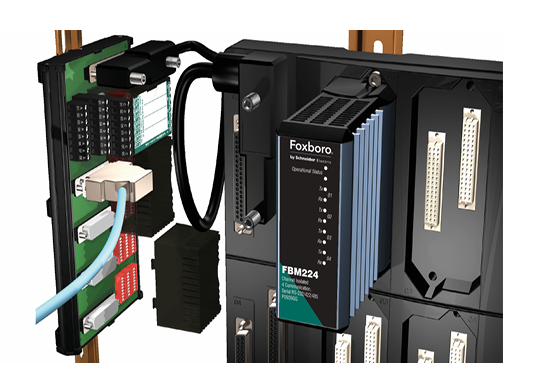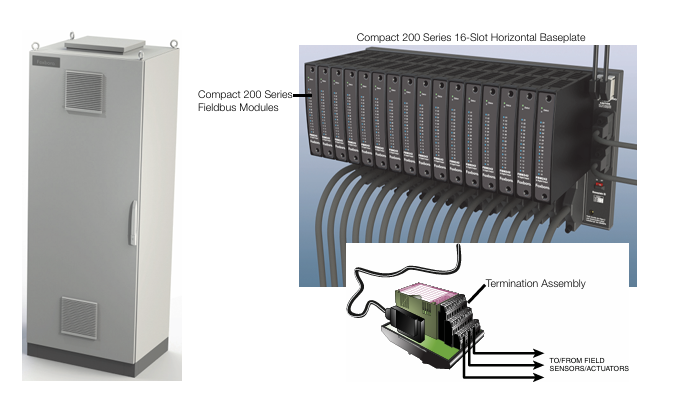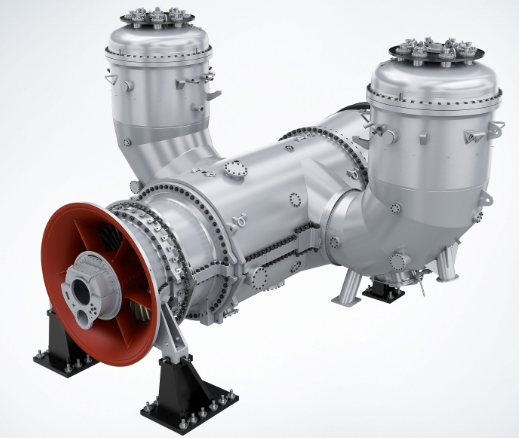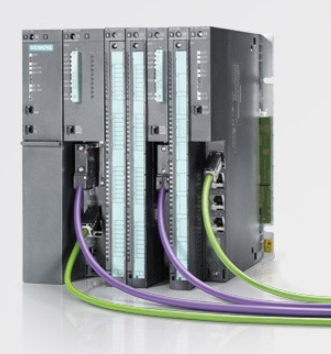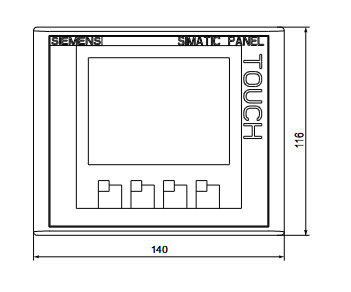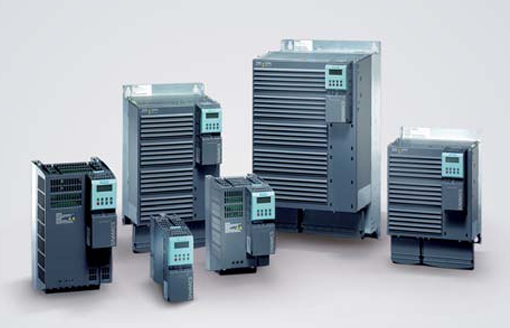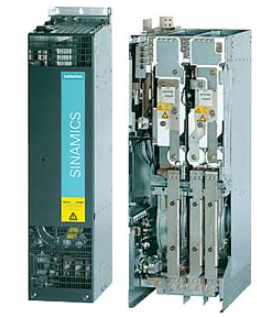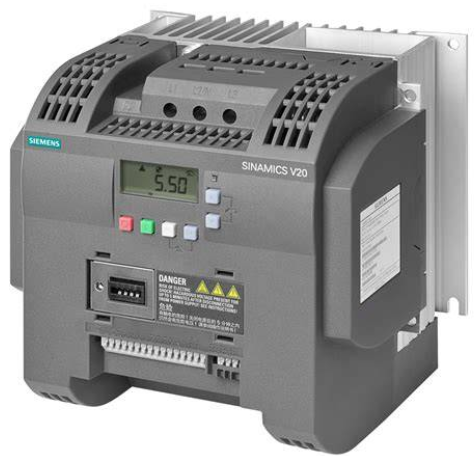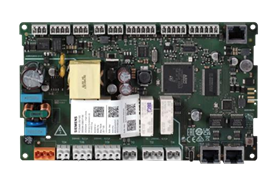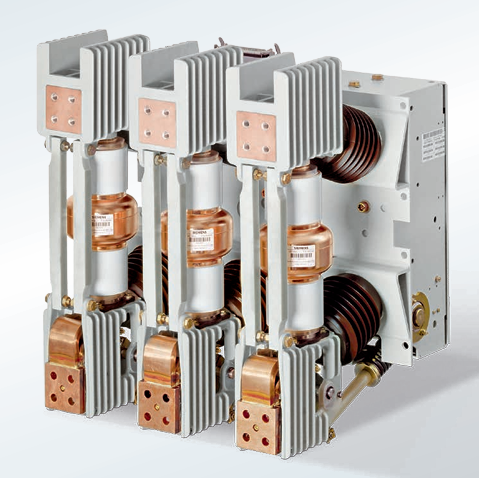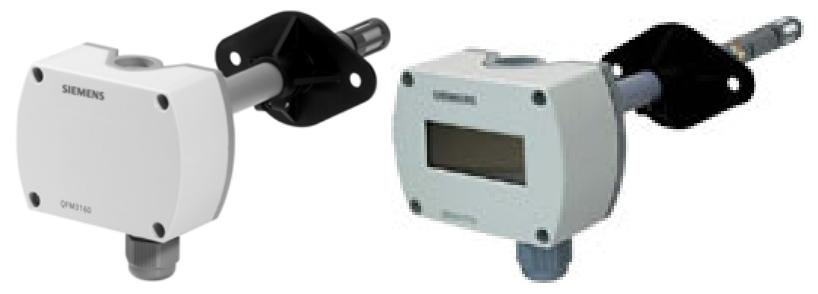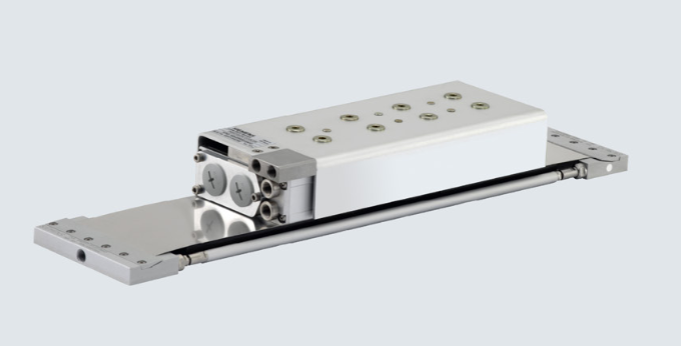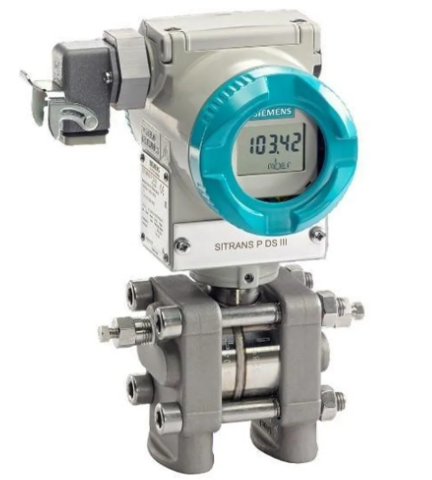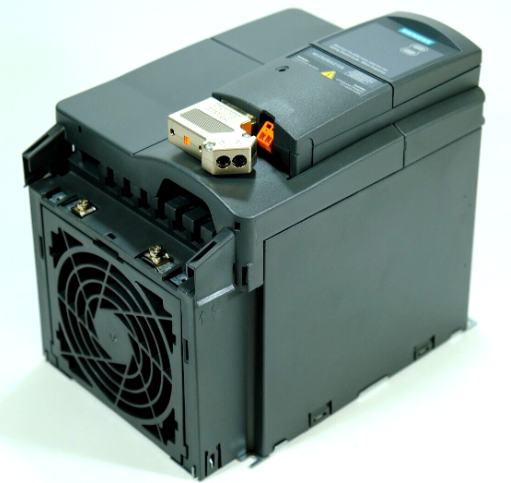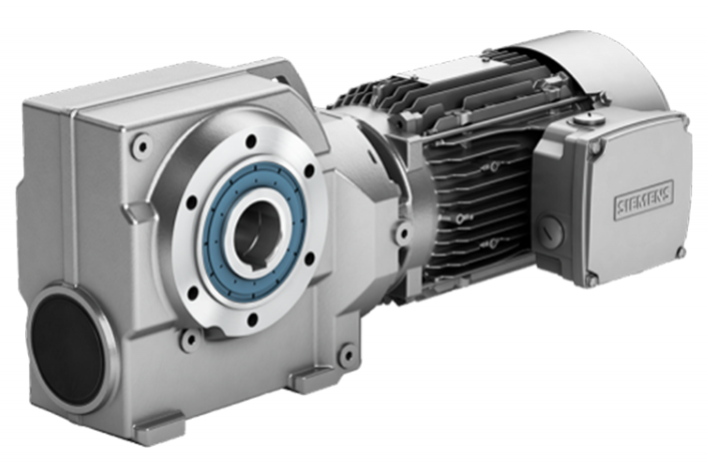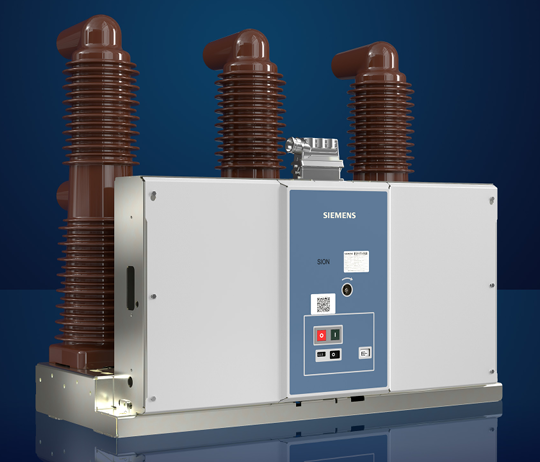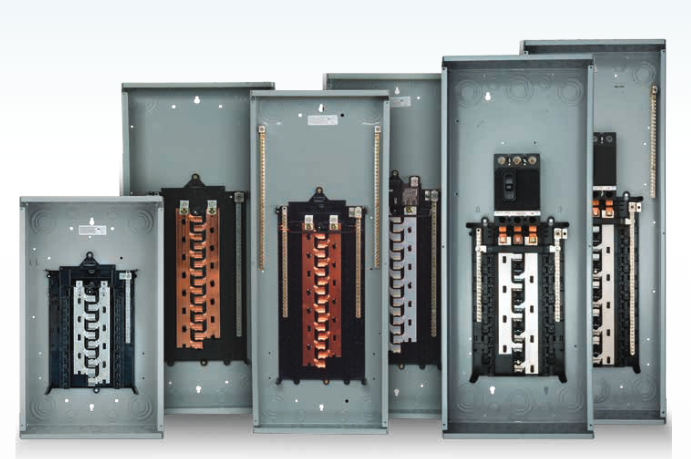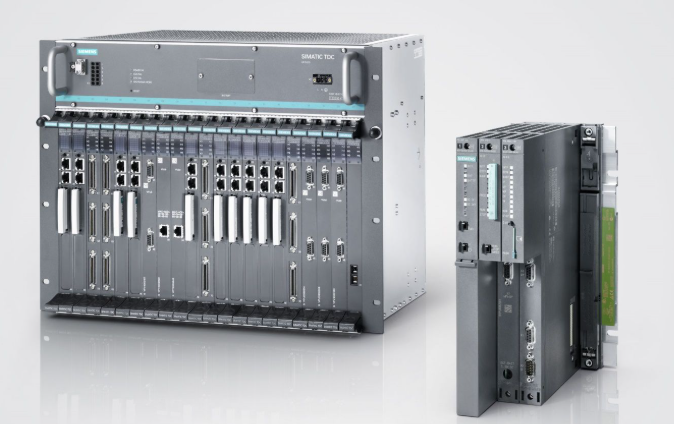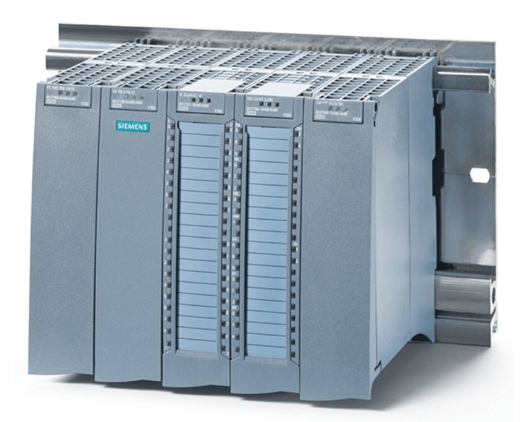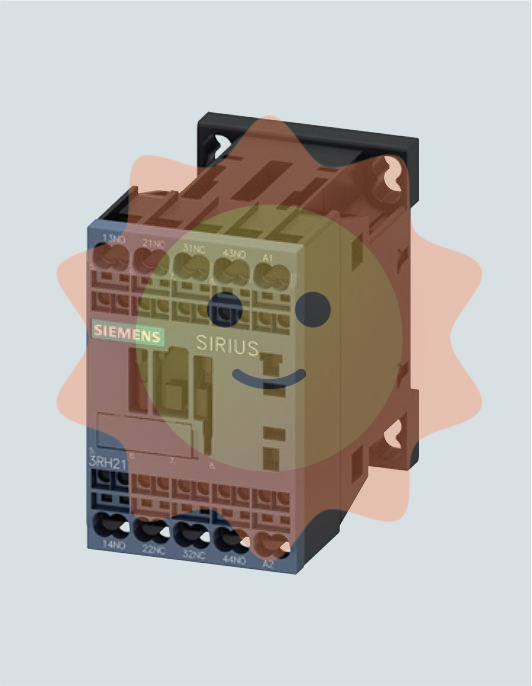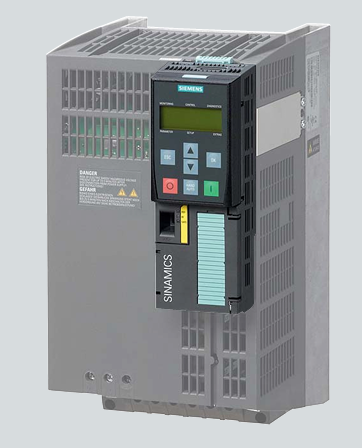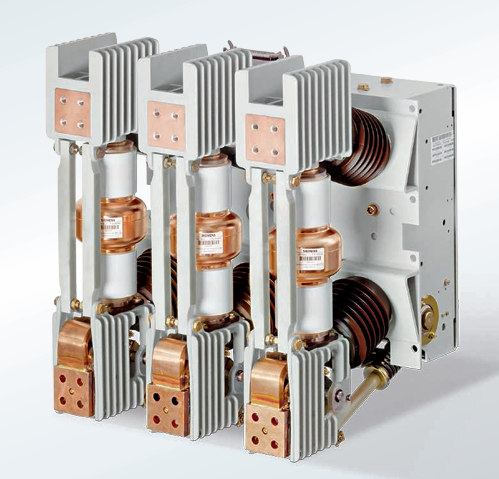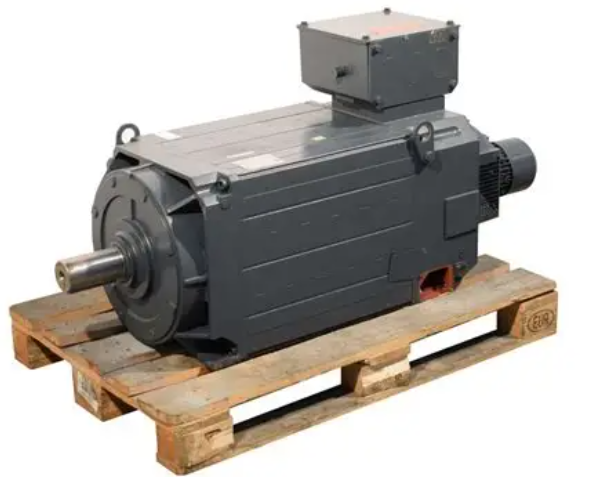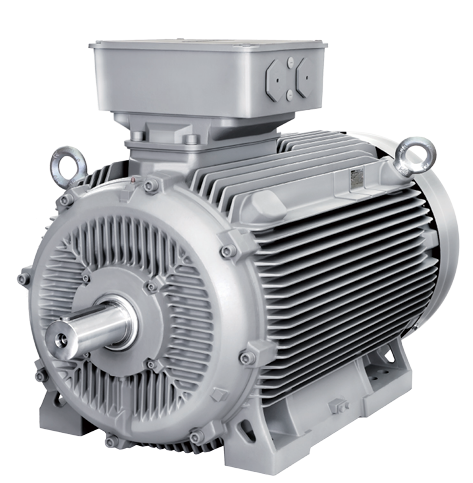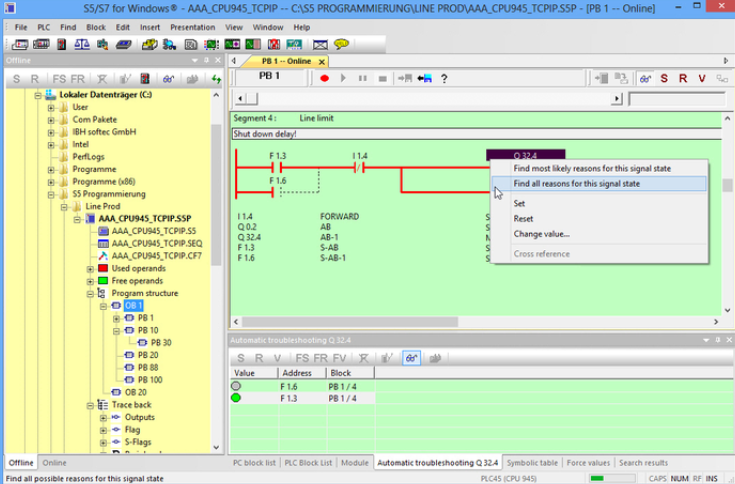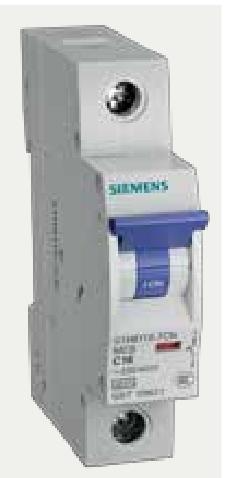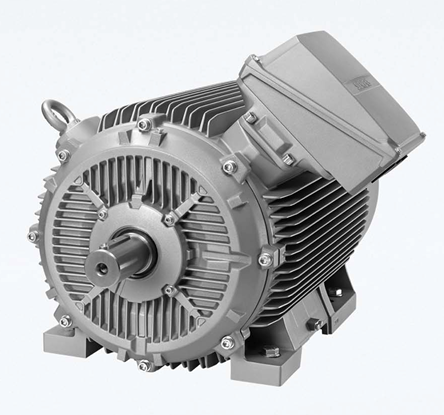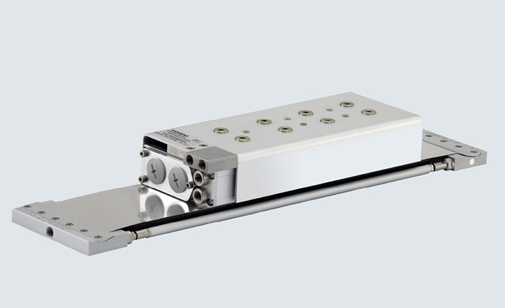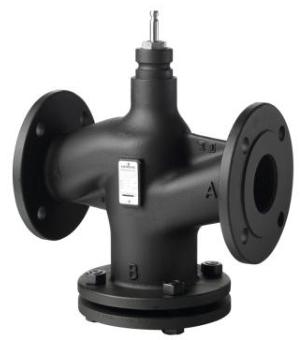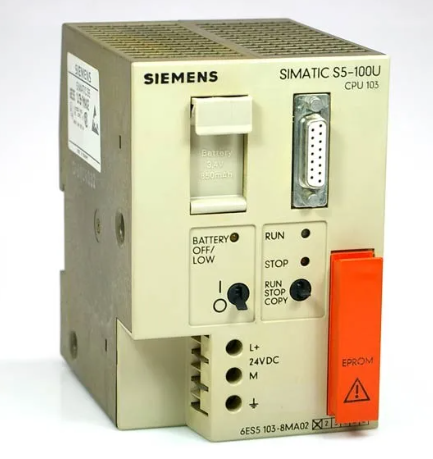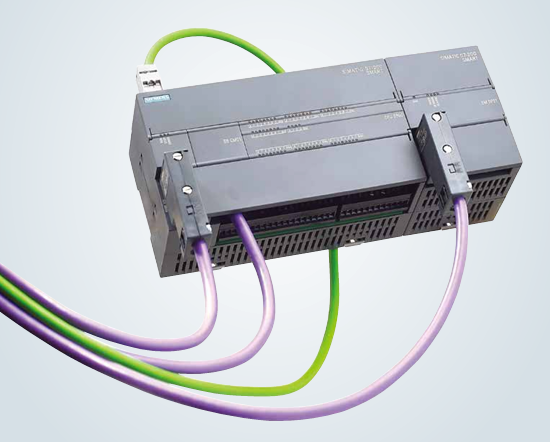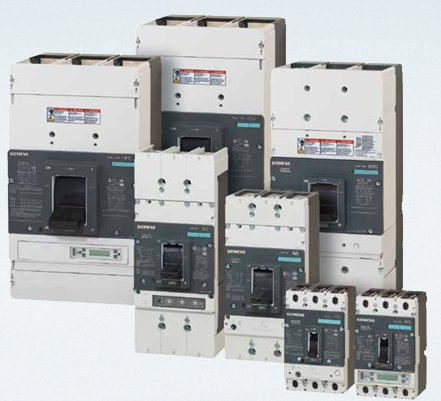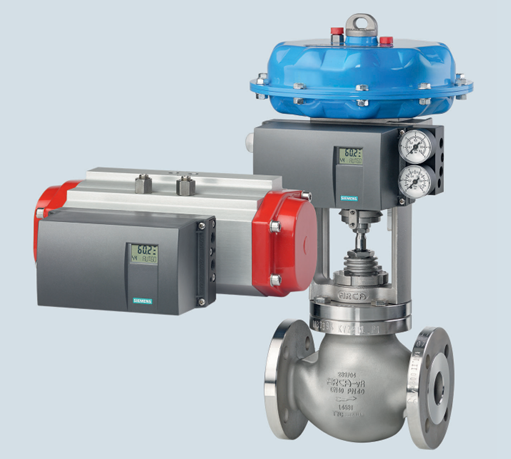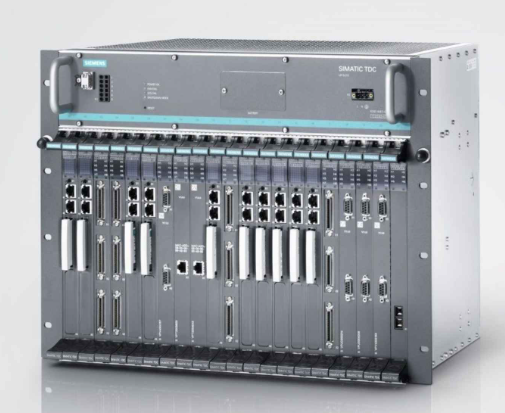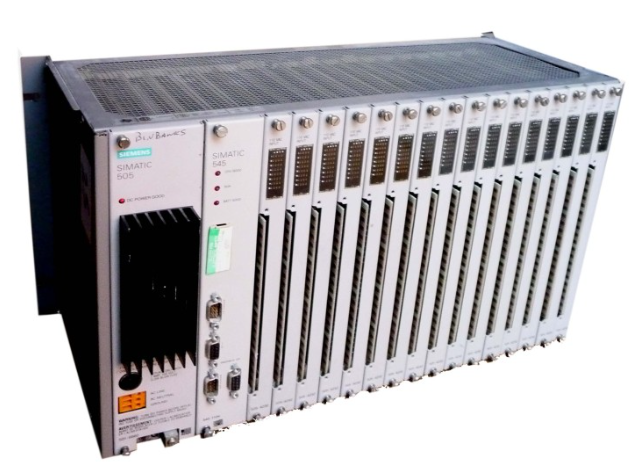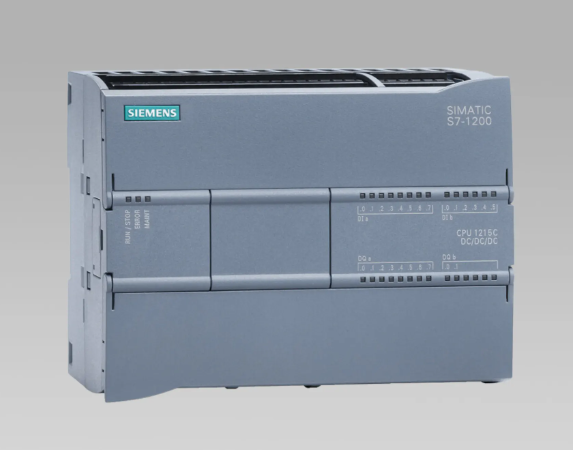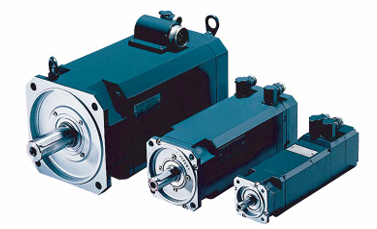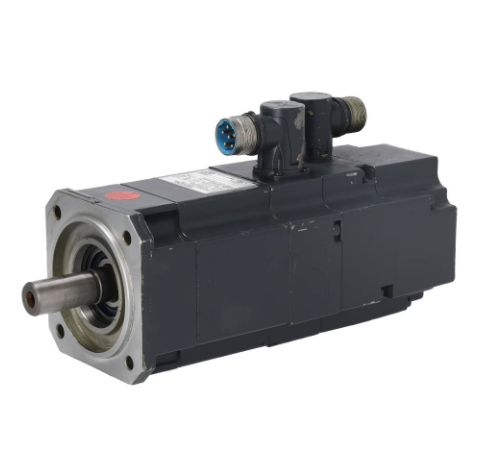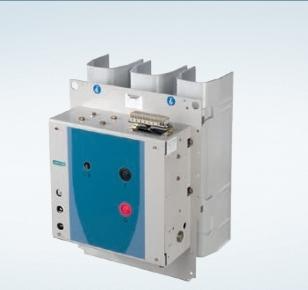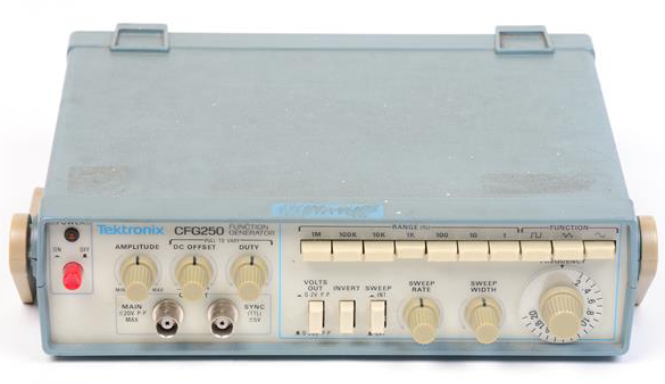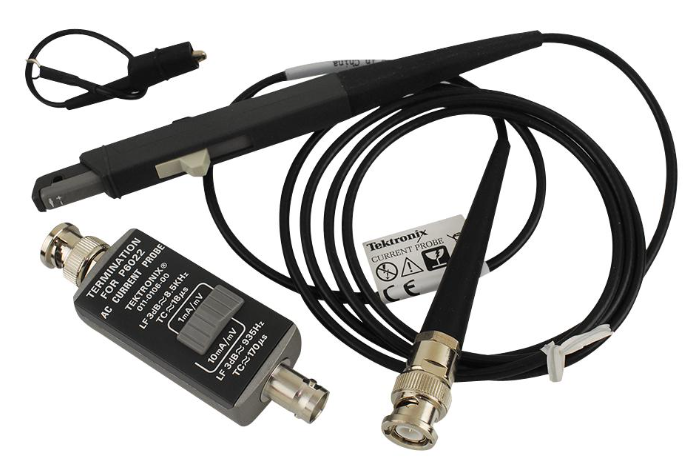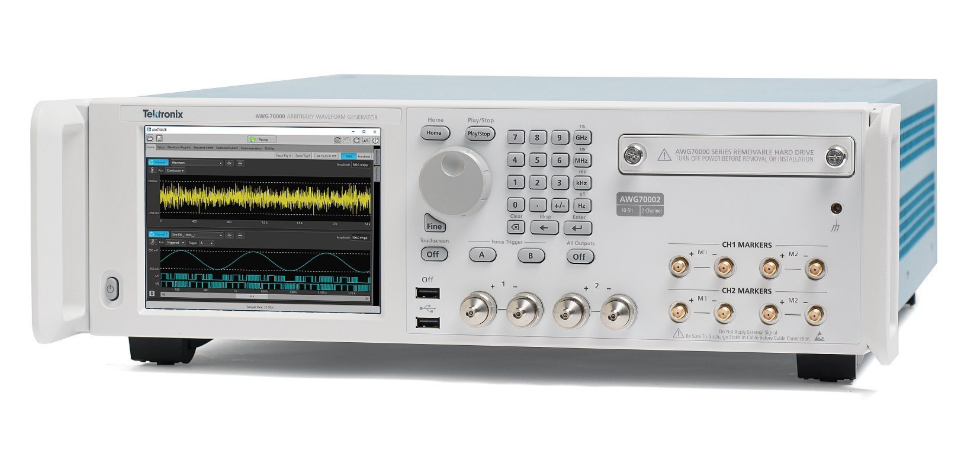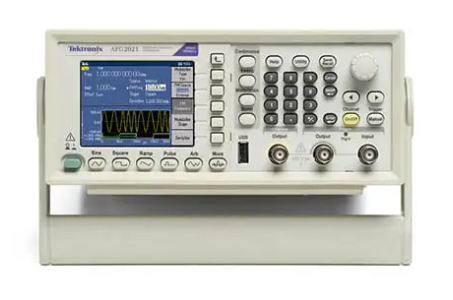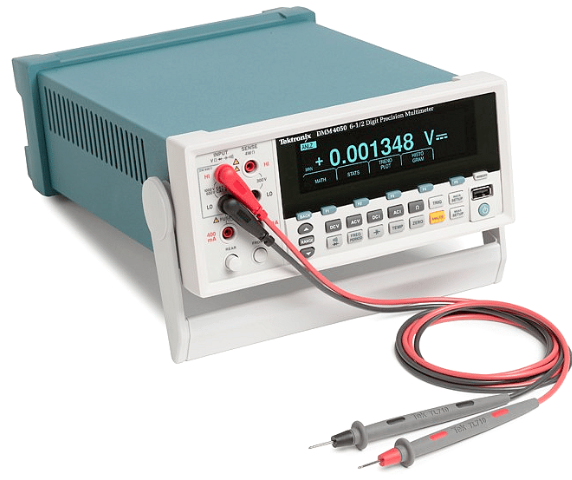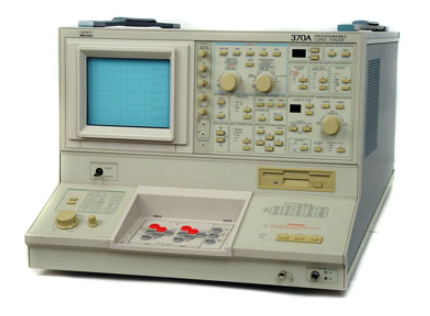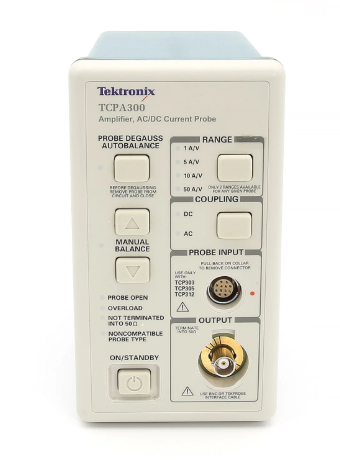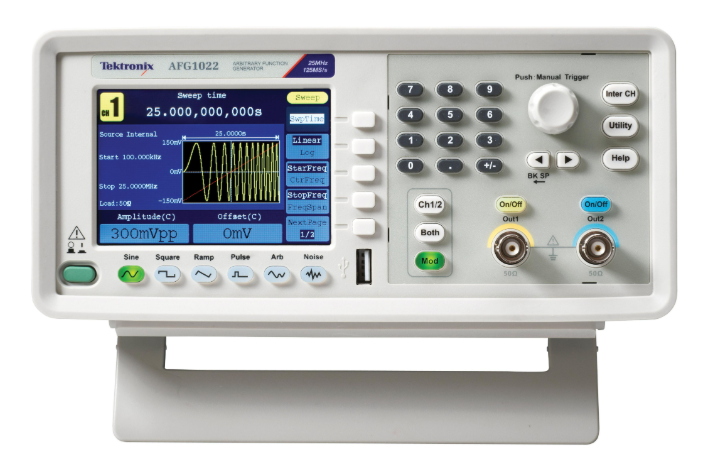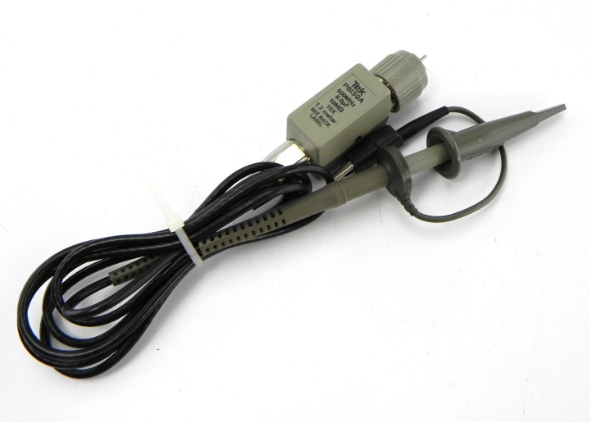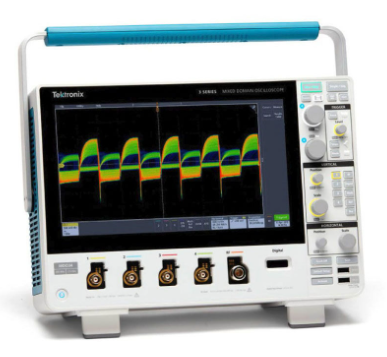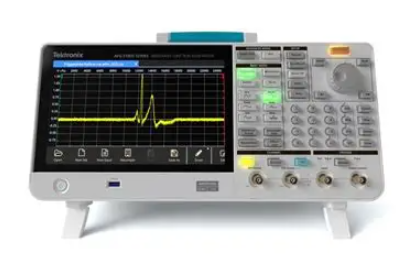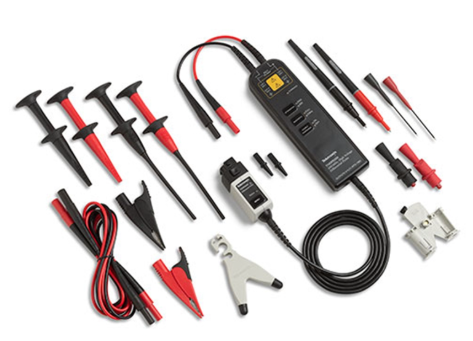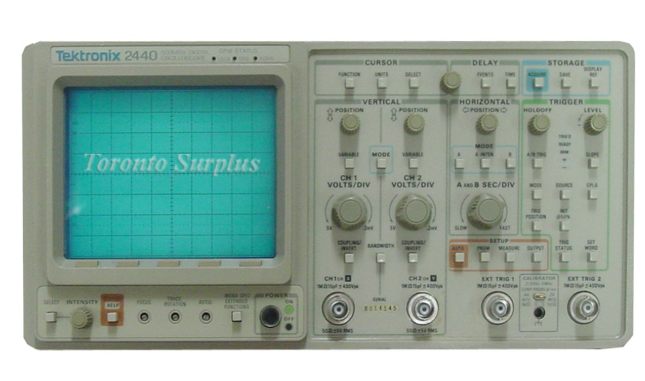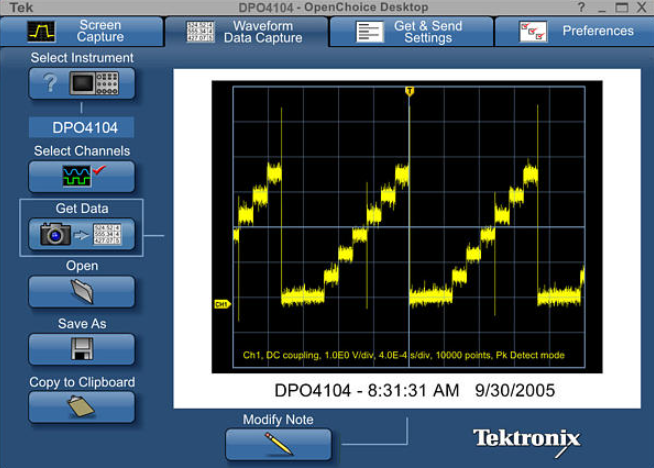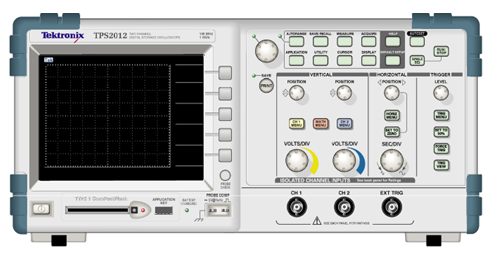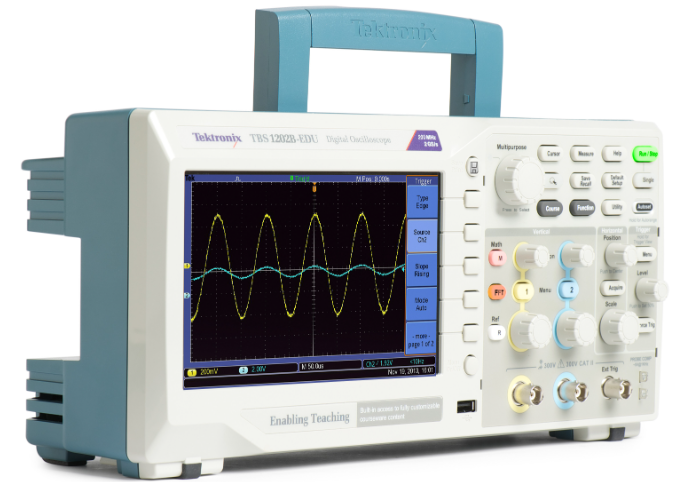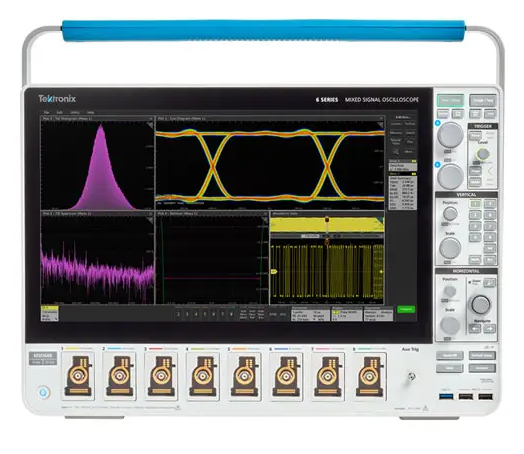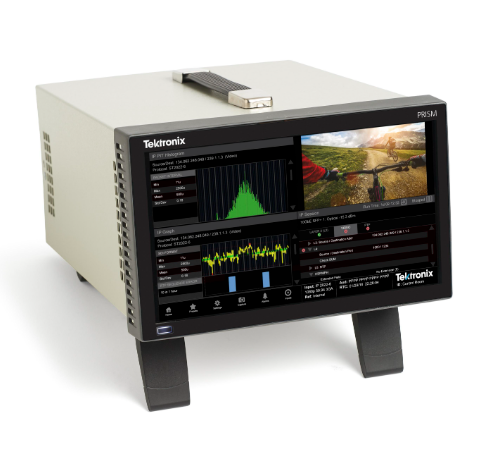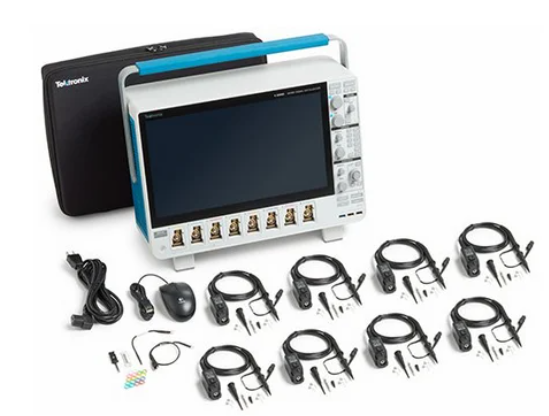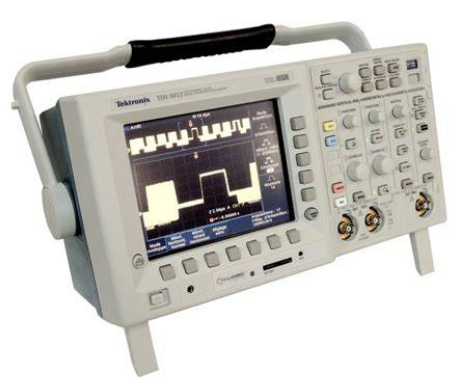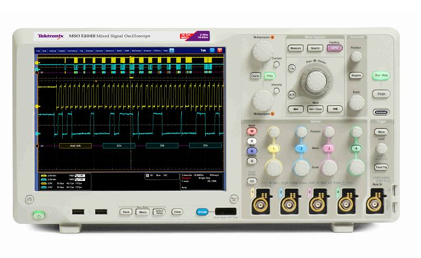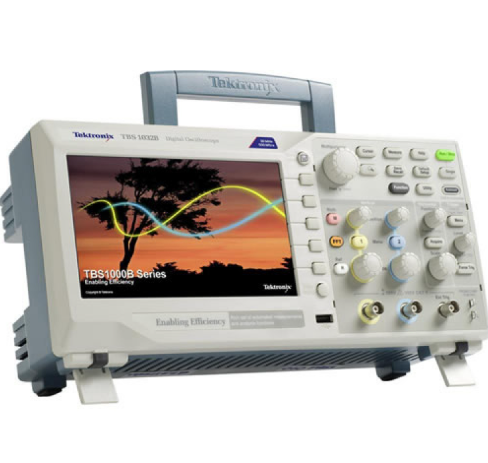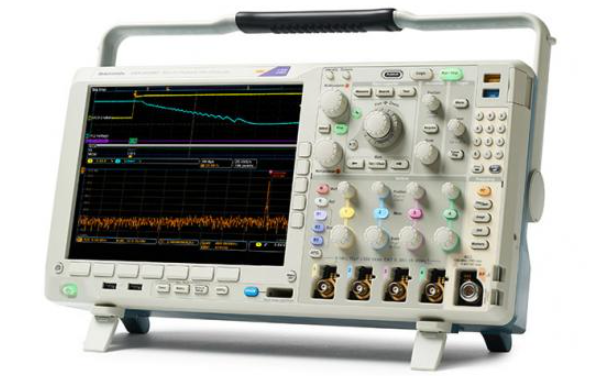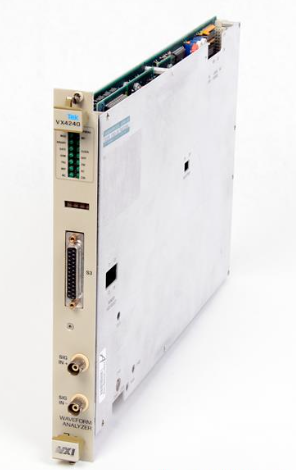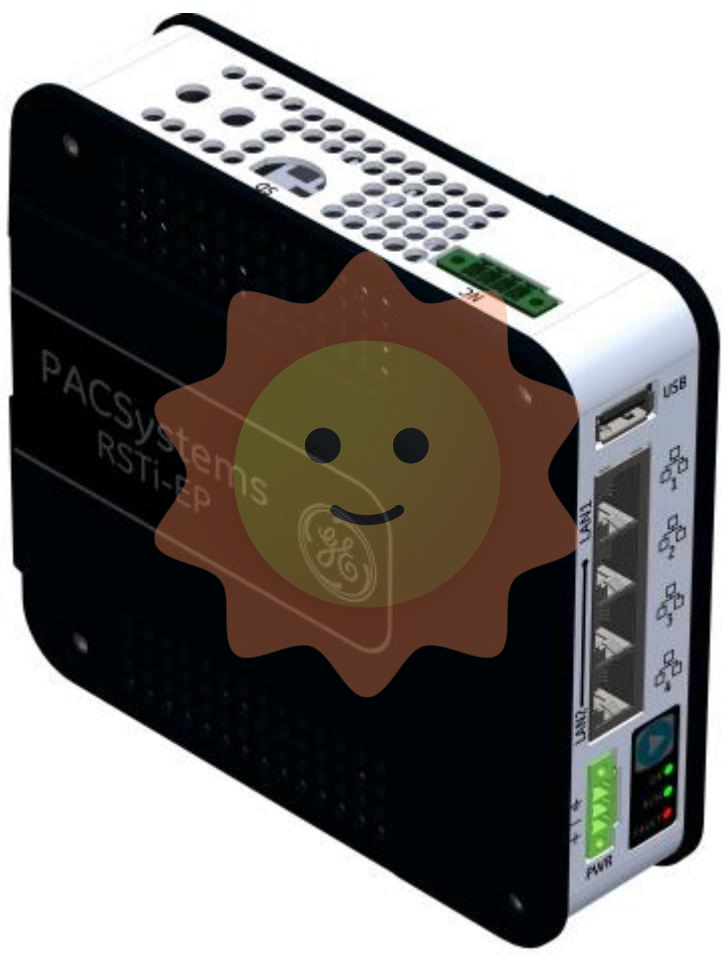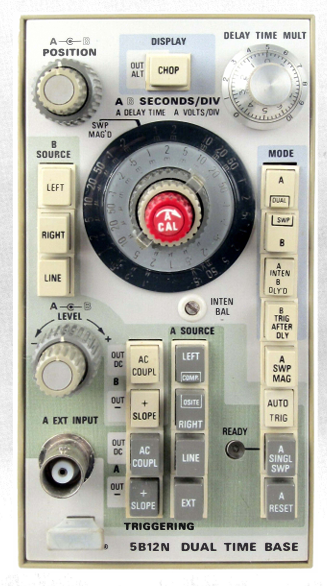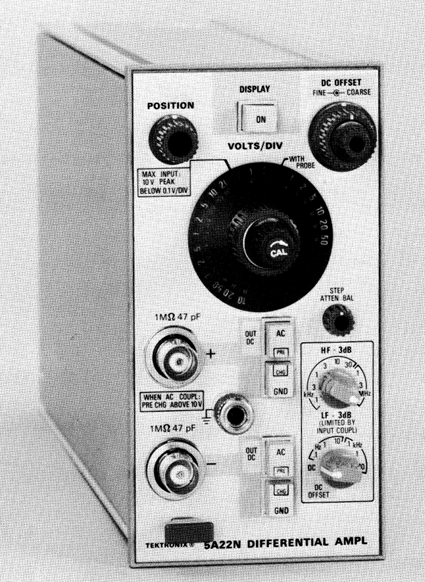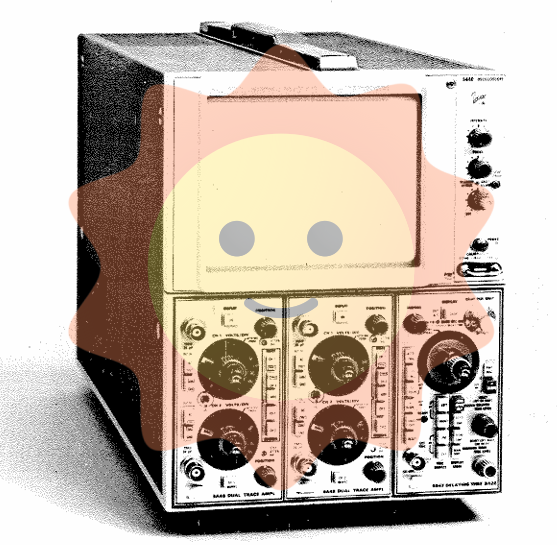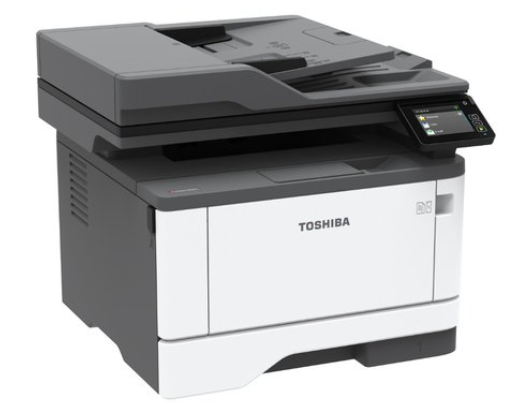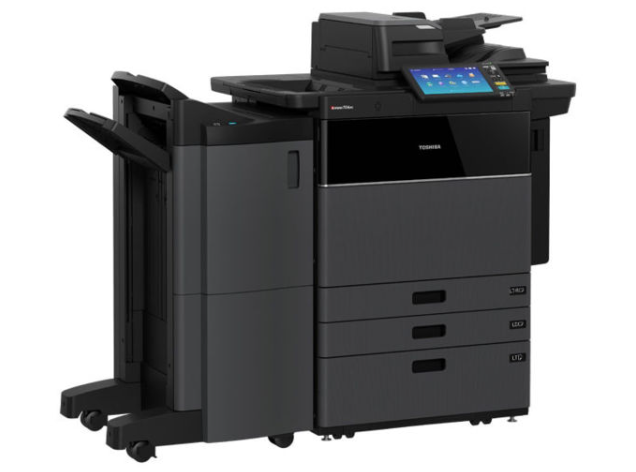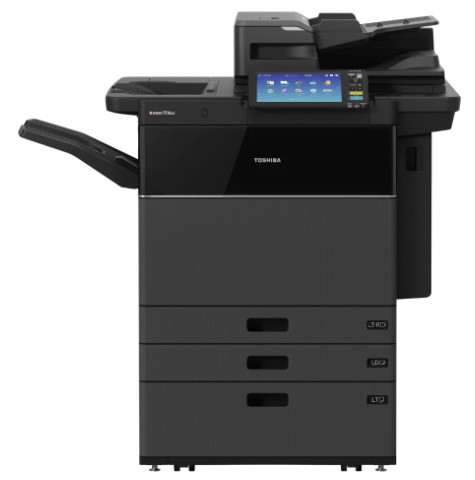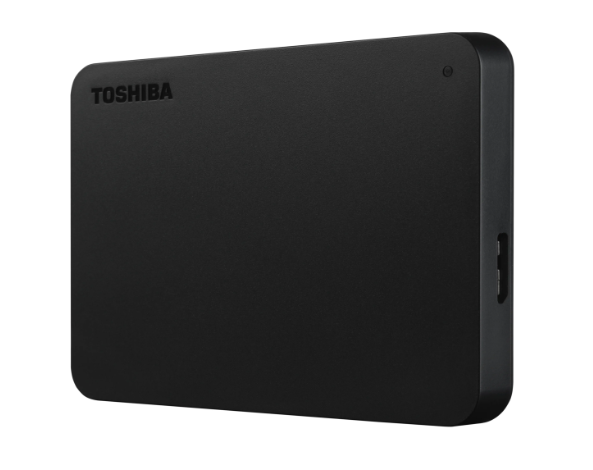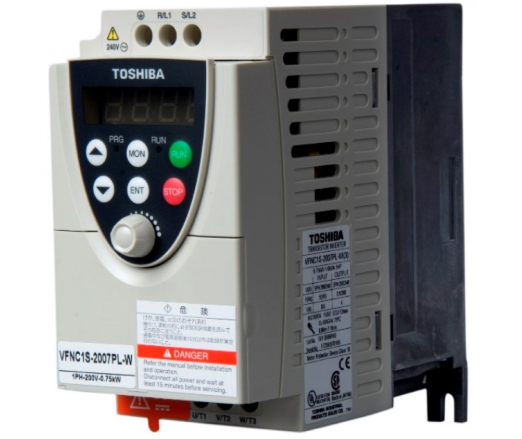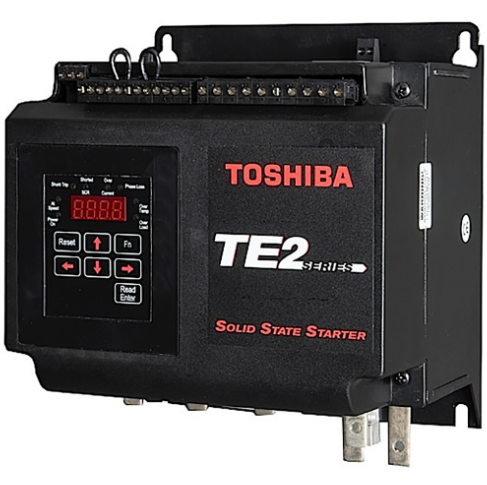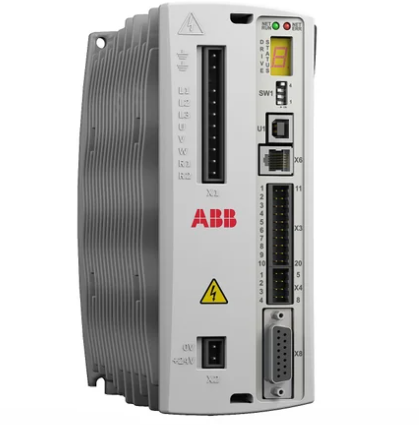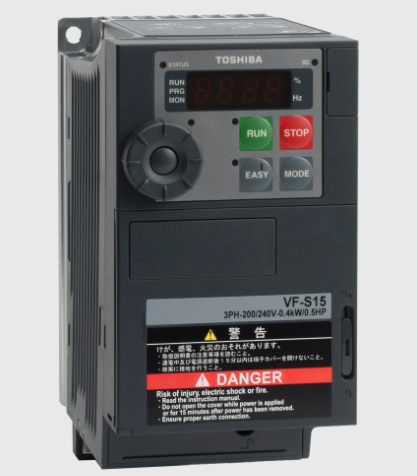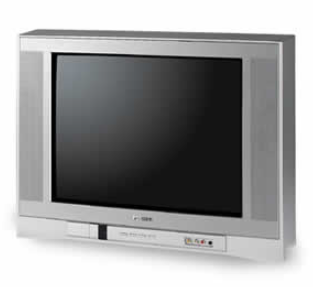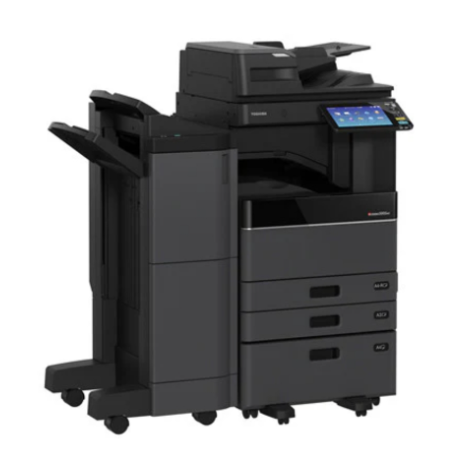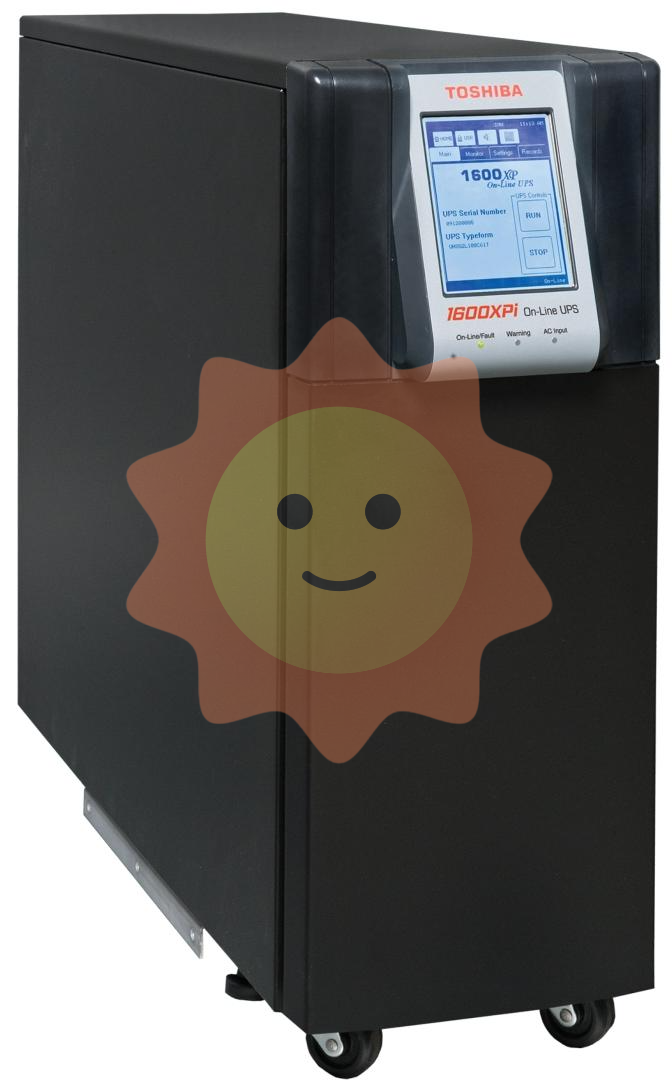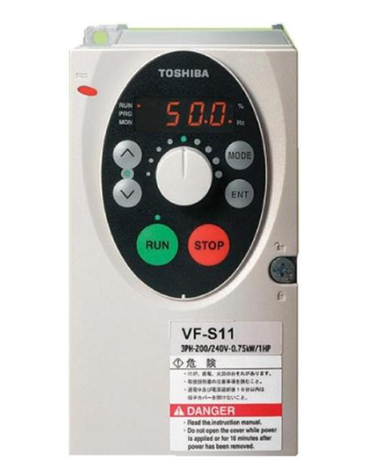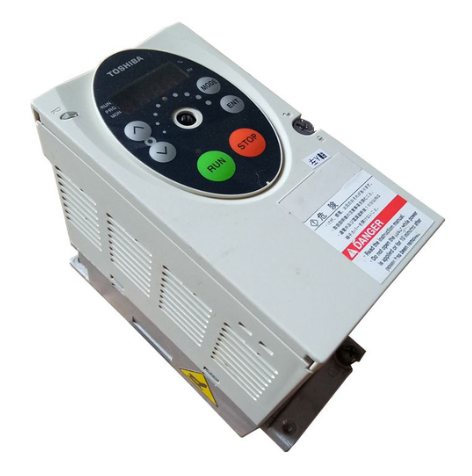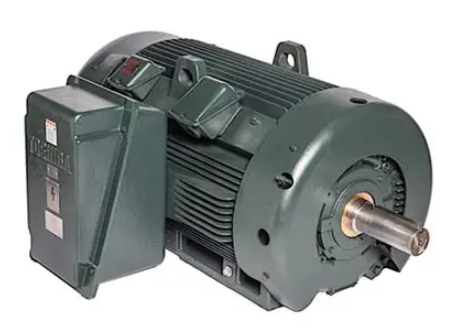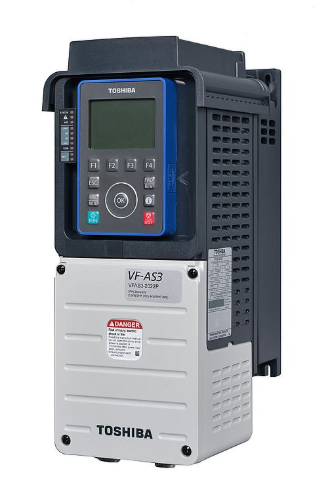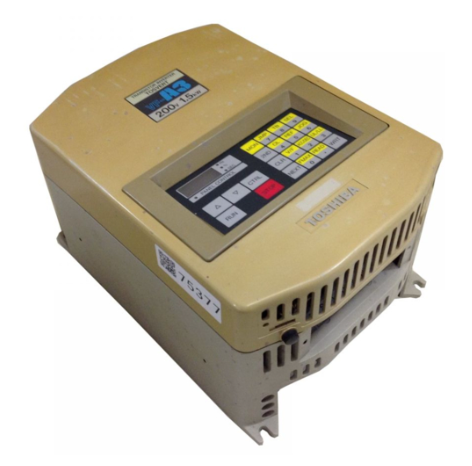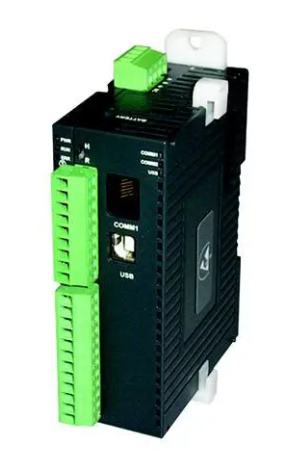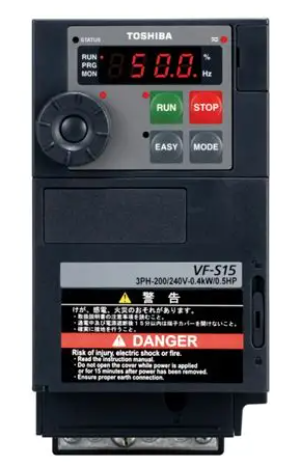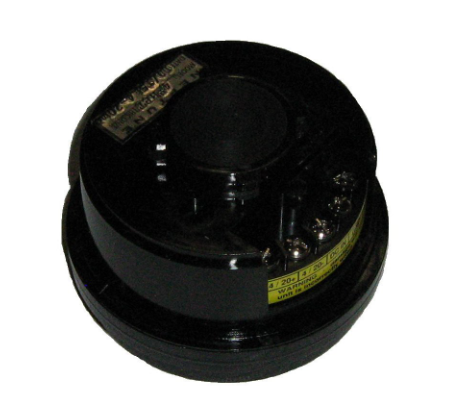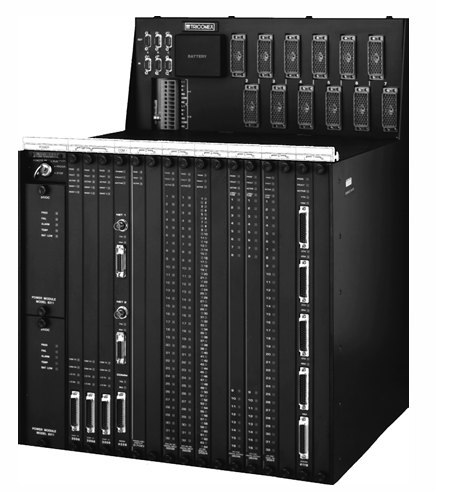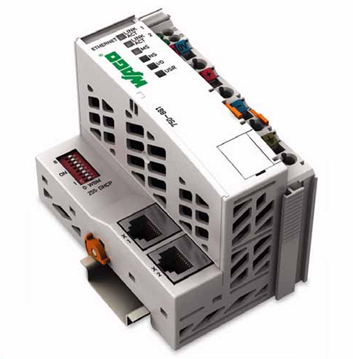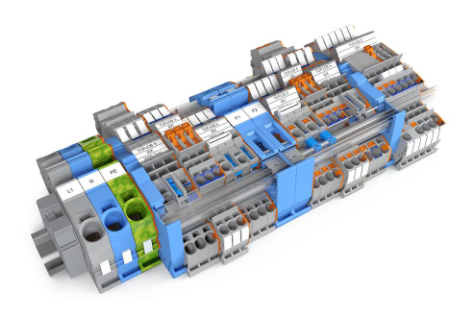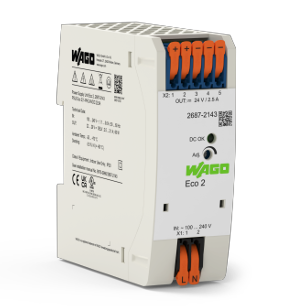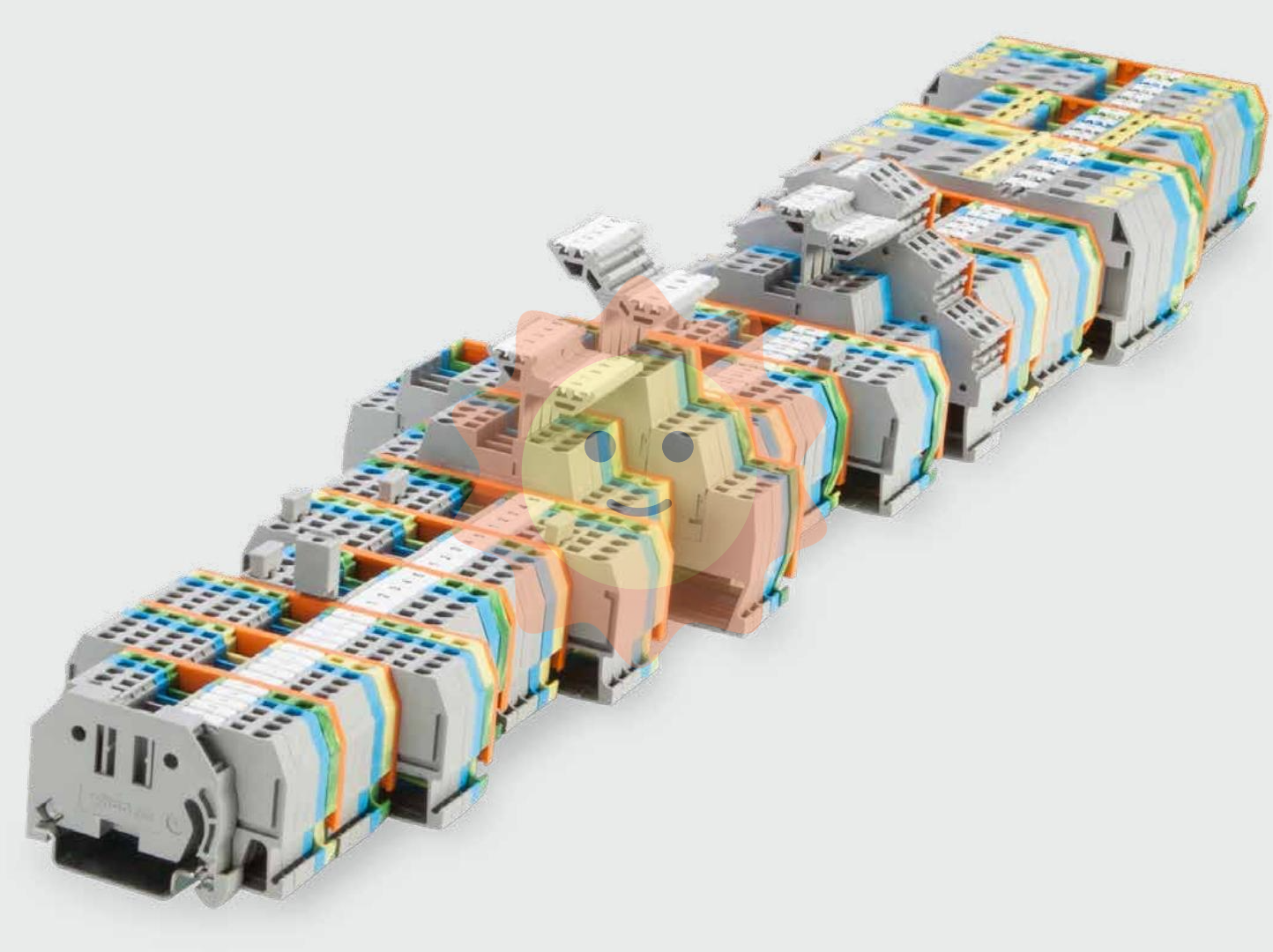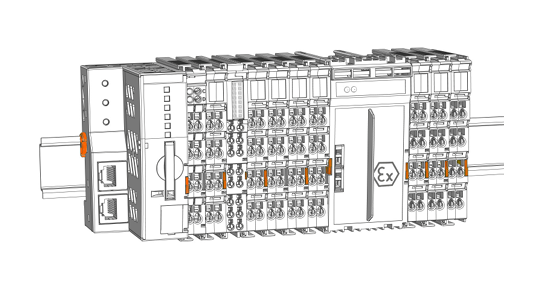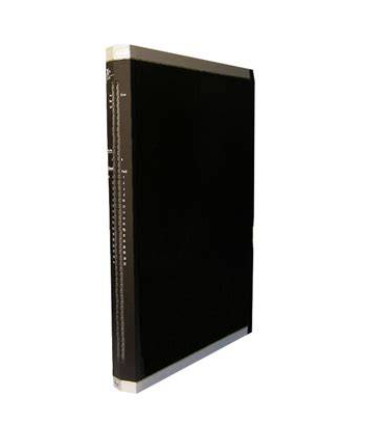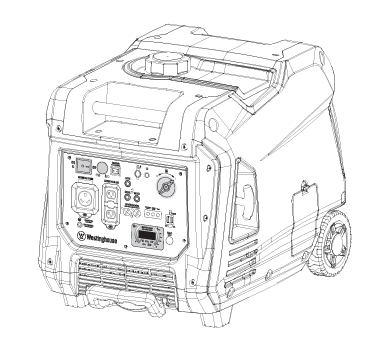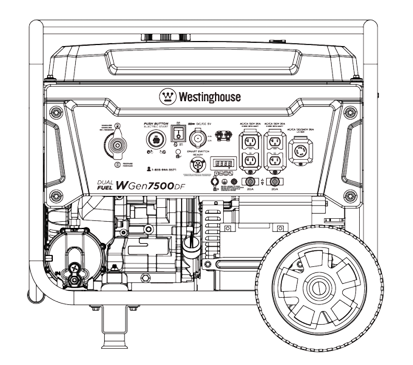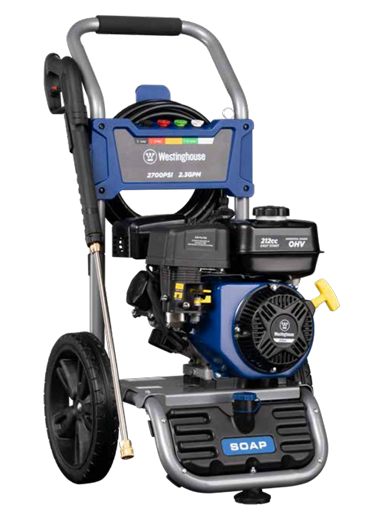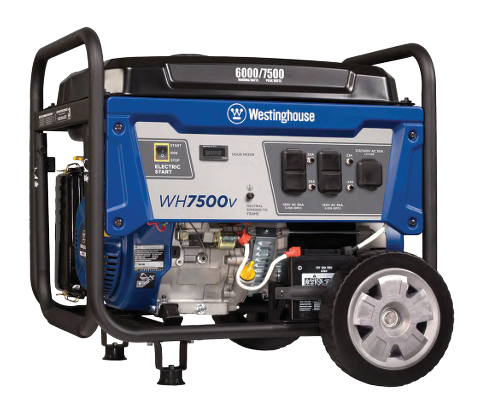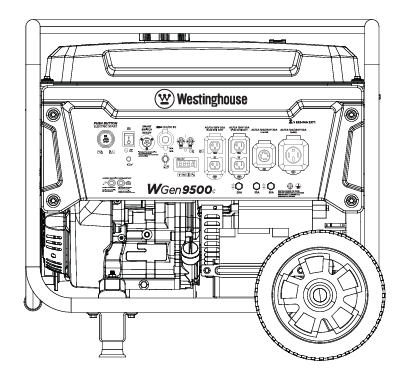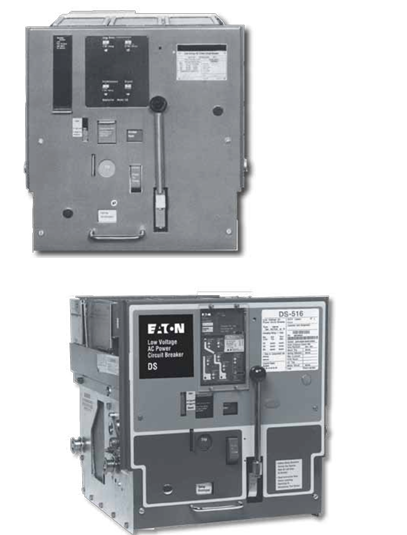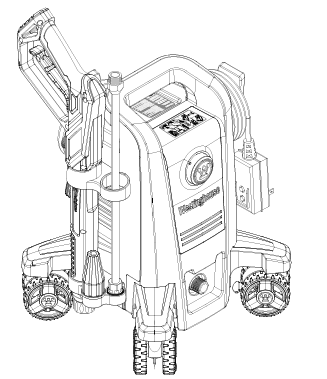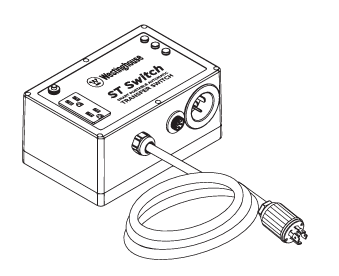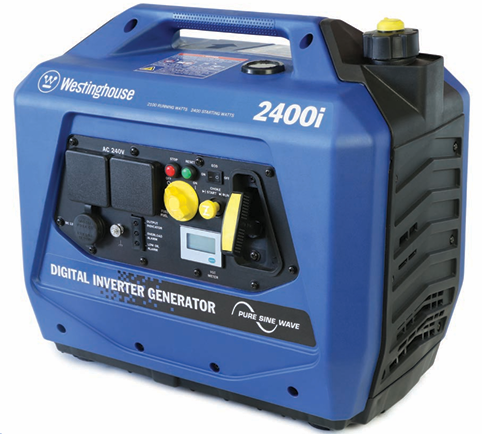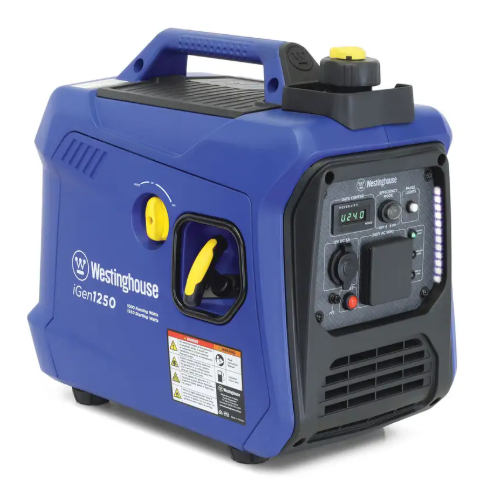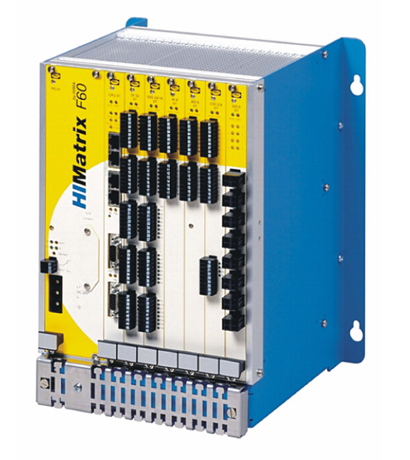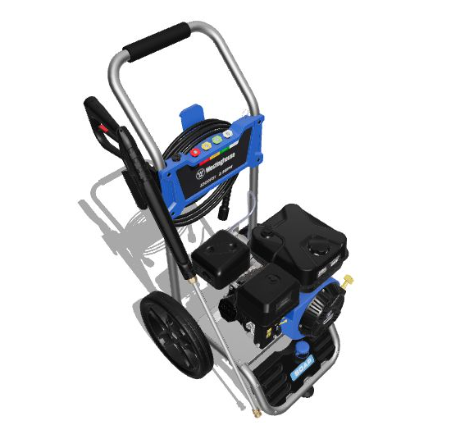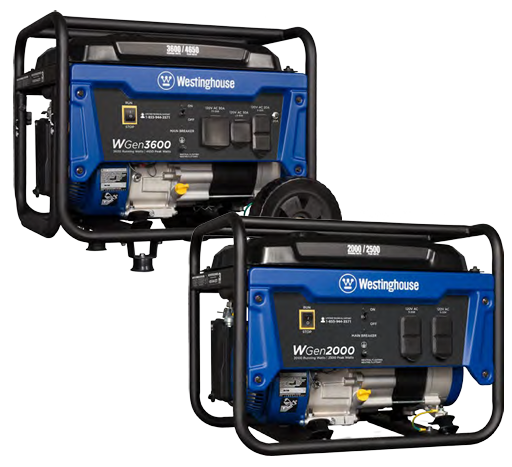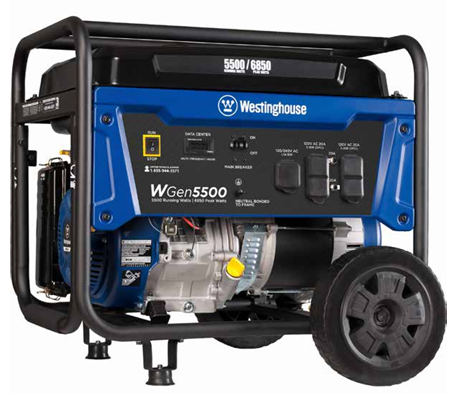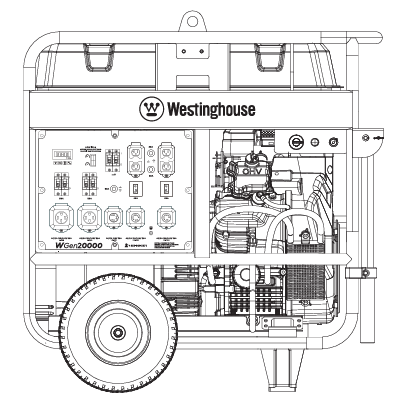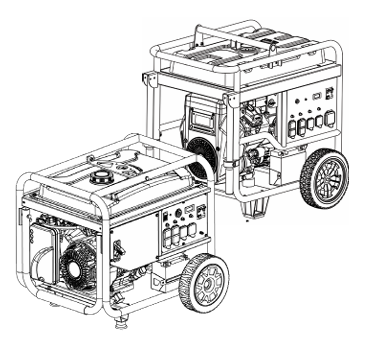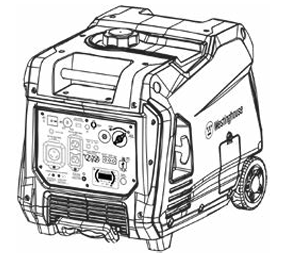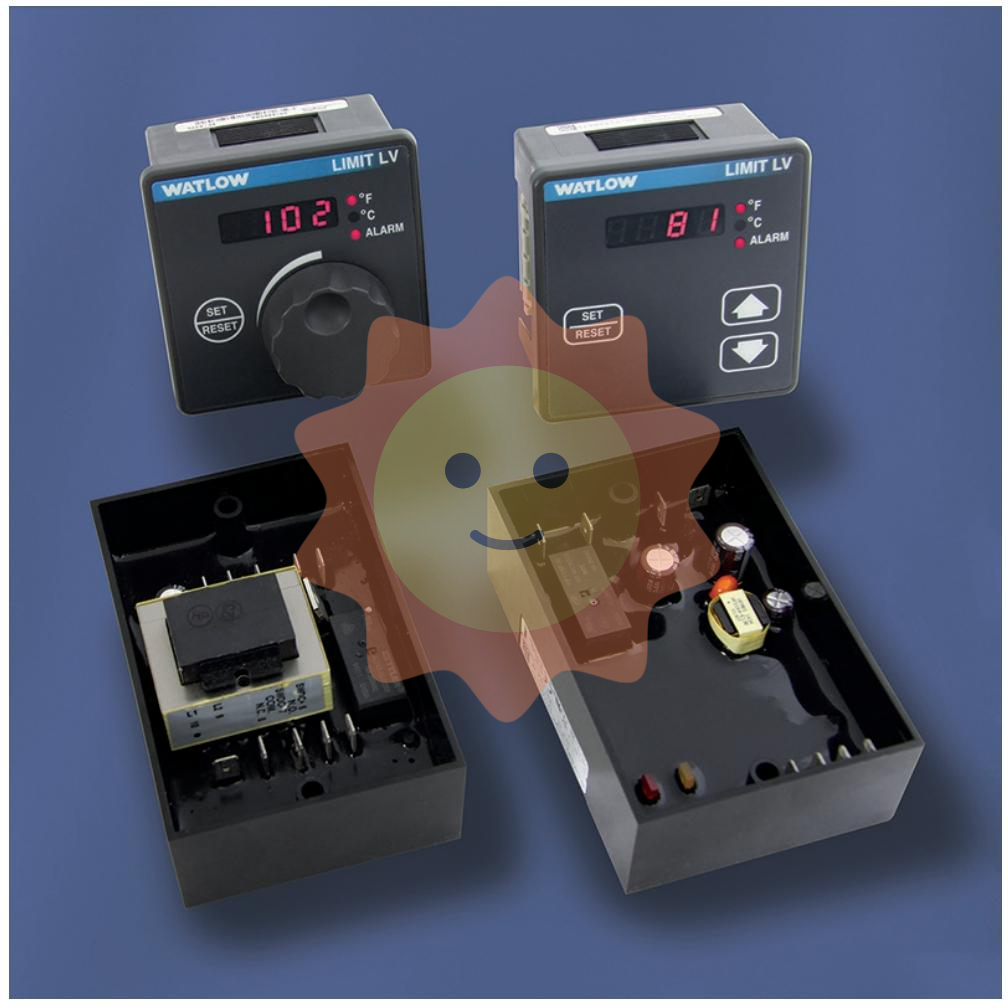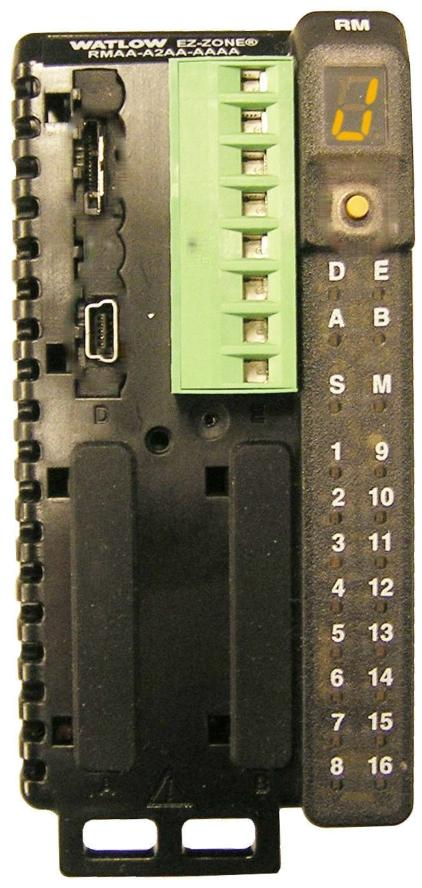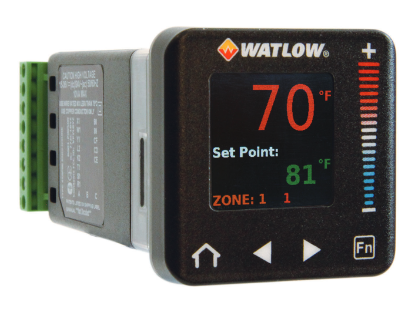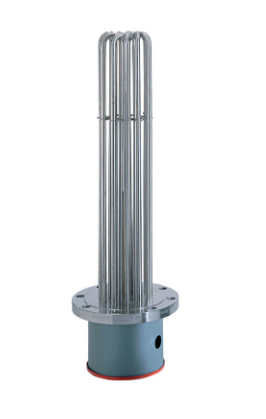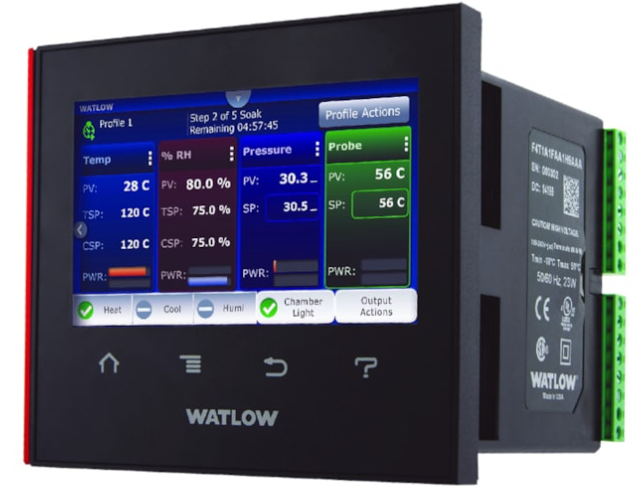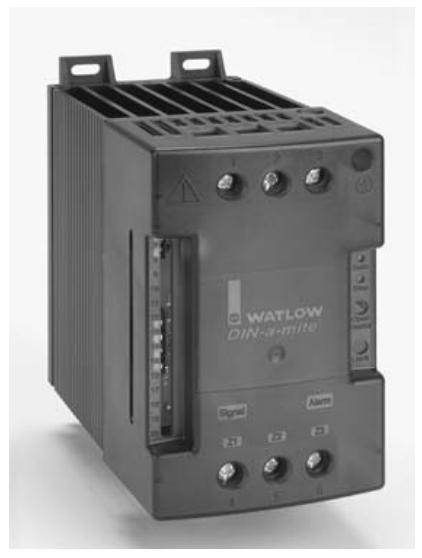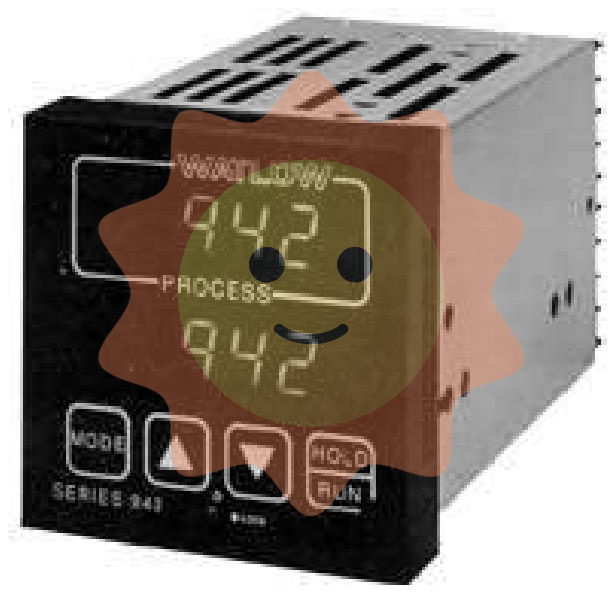Manufacturers
ABB
Model(s)
ABB Advant Controller 31, ABB Advant OCS
Additional Information
07 KT 97 - Ethernet - ARCnet
Estimated Shipping Size
Dimensions: 6.0" x 4.0" x 10.0"
(15.2 cm x 10.2 cm x 25.4 cm)
Weight: 2 lbs 0.9 oz (0.9kg )
ABB GJR5253000R0276 07KT97 Central Unit with Ethernet-ARCNET
Basic Information
Model and Series: Model GJR5253000R0276, belongs to ABB's 07KT97 series, which has a wide range of applications in the field of industrial automation control and a good reputation.
Place of origin: Originally from Sweden, Sweden's advanced manufacturing process and strict quality control system to ensure the high quality and reliability of the product.
Appearance and size: its external dimensions of about 30 × 20 × 20 cm, weighing about 2 kg, this compact design makes it easy to install in a variety of industrial control cabinets, space-saving at the same time easy to integrate with other equipment.
Performance features
Powerful processing capability: Equipped with a high-performance processor, it can quickly and accurately process a large number of industrial control tasks and data information, which can meet the real-time and accurate control requirements of complex industrial production processes and ensure stable and efficient operation of the system.
Multiple communication interfaces: It integrates Ethernet and ARCNET communication interfaces and supports multiple communication protocols, such as Profibus, CANopen, DeviceNet, etc., which enables seamless connection and data exchange with different manufacturers and types of equipment, and facilitates the construction of complex industrial automation network architecture.
High Reliability and Stability: Adopting high quality electronic components and advanced manufacturing process, it has good anti-interference ability and environmental adaptability, and can work stably for a long time in the harsh industrial environment. At the same time, its built-in monitoring and diagnostic functions can detect the system operating status in real time, timely detection and treatment of potential faults, to ensure the reliability and continuity of the system.
Functional Features
Rich control functions: Provides logic control, timing control, counting control, analogue control, PID control and other control functions and algorithms to meet the diverse control needs of different industrial scenarios, to achieve precise control of various parameters and equipment in the production process.
Expandability: support for the expansion of the system by adding expansion modules to expand the number of input and output points, communication interfaces and other functions, the user can be based on the size and complexity of the actual project, flexible configuration and expansion of the system functions to adapt to changing production requirements, to protect the user's investment benefits.
Programming flexibility: support ladder diagrams, function block diagrams, instruction lists and sequential function diagrams and other programming languages, users can choose the appropriate programming language according to their own programming habits and project requirements for the preparation of the control program, to improve programming efficiency and program readability and maintainability.
Application Fields
Industrial automated production line: in automated production line of automobile manufacturing, machining, electronic equipment production and other industries, it can be used as the core control unit to achieve coordinated control of various equipment on the production line and automated production process management, improve production efficiency, product quality and reliability of the production process.
Process control system: Widely used in chemical, petroleum, natural gas, food and beverage, pharmaceutical and other process industries, for the production process of temperature, pressure, flow, liquid level and other key parameters for accurate monitoring and control, to ensure the safe and stable operation of the production process and product quality consistency.
Energy Management System: Used in conjunction with energy metering instruments, sensors and other equipment, it can achieve real-time collection, monitoring and analysis of energy consumption data, provide data support for enterprise energy management, and help enterprises formulate reasonable energy-saving strategies, reduce energy costs and improve energy efficiency.
Intelligent Building and Facility Management: It is applicable to the automated control and management of air-conditioning system, lighting system, water supply and drainage system, lift system, etc. in intelligent buildings, and improves the comfort, energy efficiency and operation and management level of the buildings through the centralised monitoring and intelligent control of each system.
Transportation and logistics field: It can be applied to traffic signal control, automated storage system control, logistics conveyor control, etc., to achieve automation and intelligent management of transportation and logistics process, and improve the efficiency of transportation and the accuracy and timeliness of logistics distribution.

- User name Member Level Quantity Specification Purchase Date
- Satisfaction :
-









Email:wang@kongjiangauto.com

